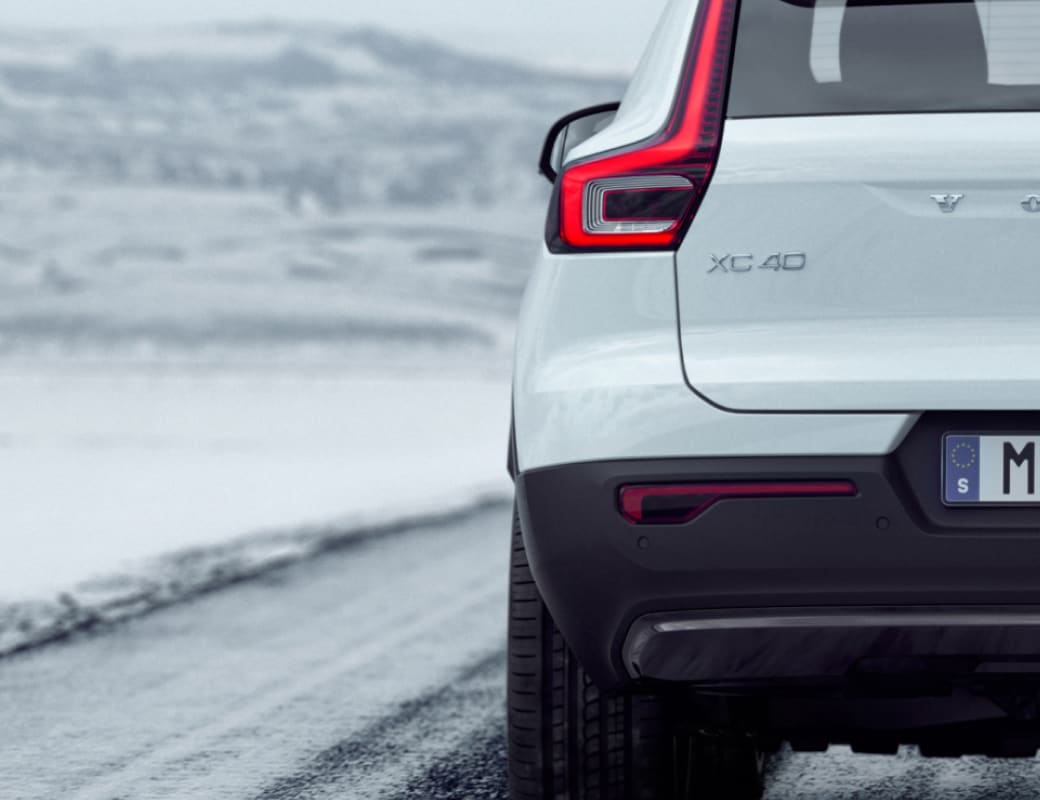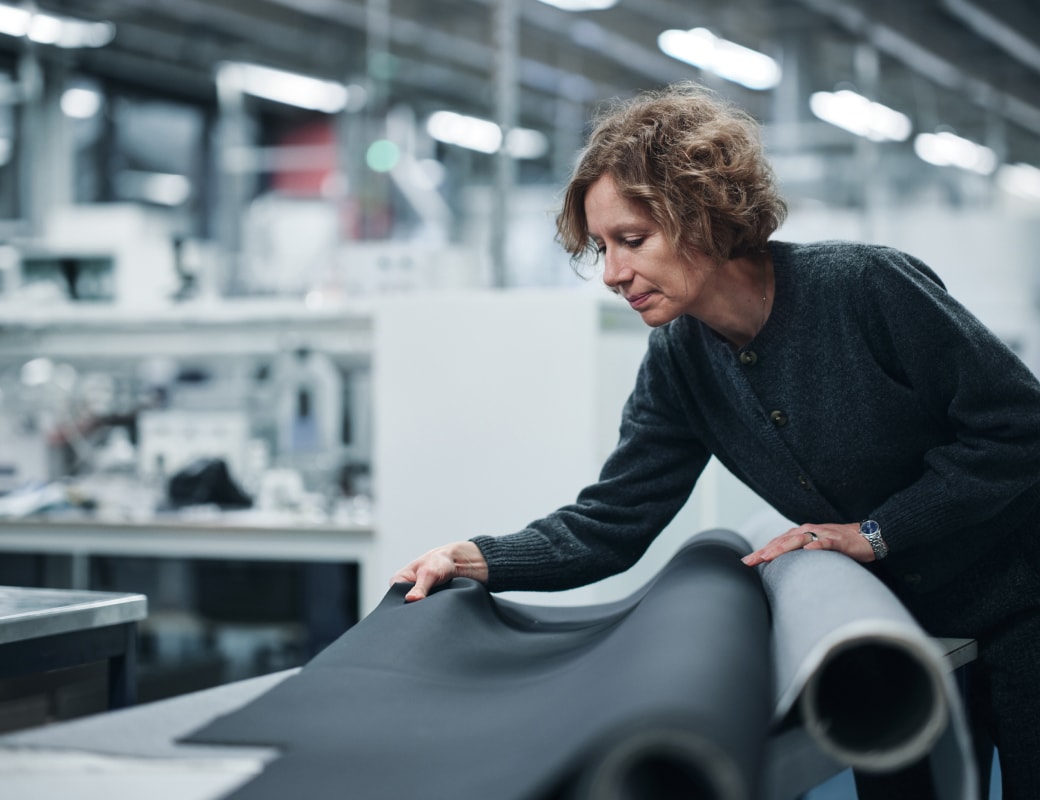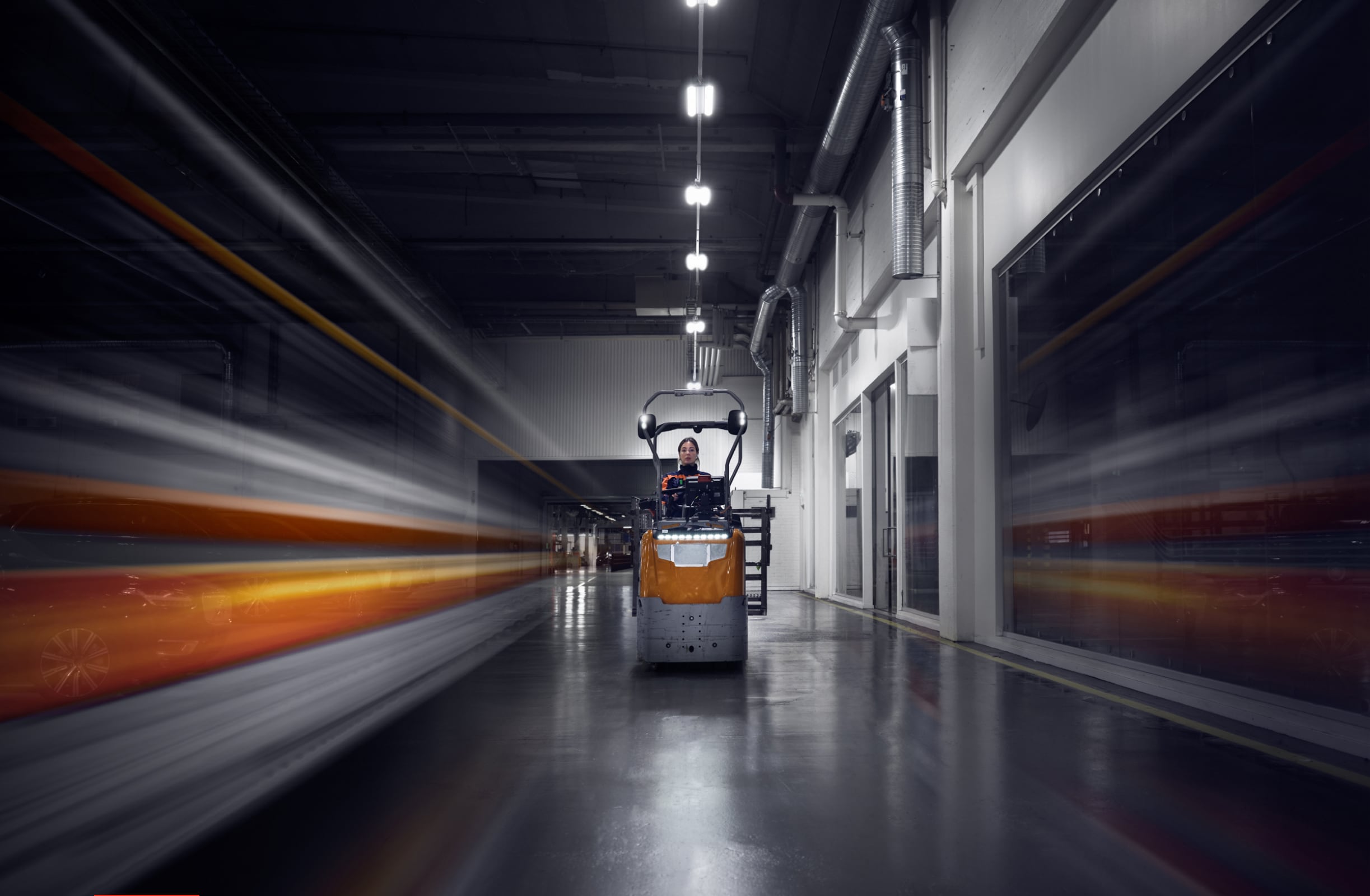Sustainability
Climate change is happening. As a mobility provider we recognise that we’re part of the problem of climate change and have a responsibility to act. By reducing emissions across our entire value chain, we’re aiming to become a climate-neutral company by 2040.

Actions and milestones
CO2e per car -40%

CO2e per car -40%
Between 2018 and 2025 we’re aiming to reduce our overall CO2 lifecycle emissions per car by 40 per cent. This means more than simply reducing tailpipe emissions – electrification is not enough. So in addition to reducing tailpipe emissions, we must also reduce CO2 emissions across our operations and supply chain.
Tailpipe emissions -50%

Tailpipe emissions -50%
More than half of our total emissions come from the tailpipe. So we want to reduce tailpipe emissions per car by 50 per cent by 2025 (2018 basline). Electrification is the key. All new Volvo models offer an electrified version. And we’re rolling out pure electric models like the new XC40 Recharge and the C40 Recharge – both fully electric, zero tailpipe emissions.
Operational emissions -25%

Operational emissions -25%
Looking beyond the tailpipe, we must act on other emission sources – production facilities, company vehicles, logistics, business travel, employee commuting, waste, and the end-of-life of vehicles. So we’re aiming to reduce operational emissions per produced vehicle by 25 per cent by 2025 (2018 baseline). To start with, our ambition is to have climate neutral global manufacturing operations by 2025.
Supply chain emissions -25%

Supply chain emissions -25%
We need our suppliers to reduce emissions too. Steel, battery and component production, raw material mining, and indirect materials such as computers and office furniture, all must be addressed. We want our top suppliers to use 100 per cent climate neutral energy by 2025, and to develop a circular approach to materials. We’re aiming to reduce supply chain emissions by 25 per cent per car by 2025 (2018 baseline).
CO2e per car -40%
Between 2018 and 2025 we’re aiming to reduce our overall CO2 lifecycle emissions per car by 40 per cent. This means more than simply reducing tailpipe emissions – electrification is not enough. So in addition to reducing tailpipe emissions, we must also reduce CO2 emissions across our operations and supply chain.

Tailpipe emissions -50%
More than half of our total emissions come from the tailpipe. So we want to reduce tailpipe emissions per car by 50 per cent by 2025 (2018 basline). Electrification is the key. All new Volvo models offer an electrified version. And we’re rolling out pure electric models like the new XC40 Recharge and the C40 Recharge – both fully electric, zero tailpipe emissions.

Operational emissions -25%
Looking beyond the tailpipe, we must act on other emission sources – production facilities, company vehicles, logistics, business travel, employee commuting, waste, and the end-of-life of vehicles. So we’re aiming to reduce operational emissions per produced vehicle by 25 per cent by 2025 (2018 baseline). To start with, our ambition is to have climate neutral global manufacturing operations by 2025.

Supply chain emissions -25%
We need our suppliers to reduce emissions too. Steel, battery and component production, raw material mining, and indirect materials such as computers and office furniture, all must be addressed. We want our top suppliers to use 100 per cent climate neutral energy by 2025, and to develop a circular approach to materials. We’re aiming to reduce supply chain emissions by 25 per cent per car by 2025 (2018 baseline).

Climate-neutral manufacturing
We aim to have climate-neutral manufacturing operations by 2025. Since 2008, all our European plants have been running on hydroelectric power. Today, our global plants are powered by over 80 per cent climate-neutral electricity. We know it takes a lot of wins – big and small – to achieve our ambitions.

All our European plants switch to 100% renewable electricity
Skövde, Sweden, plant becomes climate neutral
Solar power installed at Ghent plant, Belgium, and Charleston plant, USA
Chengdu and Daqing plants, China, source 100% climate-neutral electricity
Torslanda, Sweden becomes our first climate neutral car plant

The global standard for reporting on emissions
We’re committed to real results based on an accurate count of all the emissions we’re directly or indirectly responsible for. That’s why we adhere to the Greenhouse Gas Protocol (GHG) – an international standard of greenhouse gas accounting.
CO2 roadmap
When we examine all emissions that we’re directly or indirectly responsible for, we see that it takes a broad mix of initiatives to create real change. Here's what our CO2 roadmap looks like.
Electric cars – benefits and challenges
Electrification plays a significant part in our vision to become climate neutral by 2040 – but electric cars create new challenges too, for everyone.
The wins created by electric cars are diminished if the charging electricity is generated from fossil fuels. Charging with renewable electricity significantly reduces the lifetime emissions of each car.
Charging also impacts the uptake of electric cars – more charging infrastructure is needed so that more people can make the change.

At this point in time, people also feel more secure with further range. Big range requires bigger batteries, which impacts on the total lifecycle emissions of the car, and the price.
It’s a complex interplay and we believe electric cars will reach their full potential when we – as a global community – find new ways of providing customers with easy access to charging with renewable electricity.
Life-cycle analysis of XC40 and C40 Recharge
Complete transparency when it comes to the full carbon impact of our battery electric vehicles (BEV) is something we see as a corporate and social responsibility. That’s why we have produced comprehensive lifecycle analyses (LCA) of the carbon footprint of our XC40 and C40 Recharge.

Climate ambitions
LCAs enable us to pinpoint carbon intensive materials and processes within our own operations and supply chain – helping us achieve our climate ambitions, as well as true zero emission mobility.
Future
As fully electric Volvos are introduced in the future, we pledge to continue to be transparent about our CO2 footprint on all new cars.
Our position
Our ambition to be a climate neutral company by 2040 will create many challenges and we want to be transparent throughout this transformation. We want to act responsibly and we want anyone interested in what’s happening here at Volvo Cars to be able to explore our progress and know what we stand for.
You're welcome to access the below resources to learn more about how we approach our responsibilities.
Downloads
You´re welcome to access below documents to learn more about Volvo Cars position on important sustainability topics.